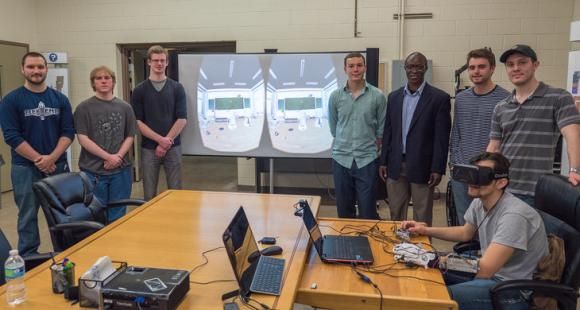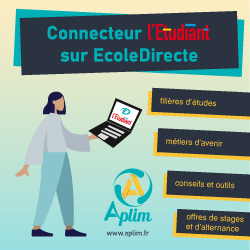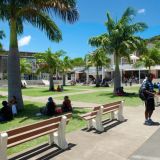
1# Virginia Tech and the Cube
The Cube’s four-story space cost over $15 million to build and is equipped with 128 speakers and 24 motion-capture cameras. Its Oculus Rift headsets offer users an immersive experience. Geography students and researchers, for example, used radar data to reproduce a deadly Oklahoma tornado. The 3D visualization tools allowed them to study the tornado up close and learn how damage could have been prevented. The Cube also hosts arts events.
2# The University of Maryland and the Iribe Center
At the end of 2014, the University of Maryland received a $30 million gift from Oculus Rift founder Brendan Iribe. The gift will fund the construction of the Iribe Center for Computer Science and Innovation. Among other things, the center will allow medical students to practice operations virtually "like a flight simulator would, but for surgeons".
3# Penn State University and Online Education
Conrad Tucker, Assistant Professor of Engineering at Penn State, intends to improve online classes using virtual reality. He created an online class where students use Oculus Rift headsets and connected gloves. In a recent exercise, students using the new technology assembled a coffee maker twice as fast as those who only used a screen.
4# Stanford and Distance Education
Stanford Graduate School of Business has developed a certificate program in executive education equipped with a virtual classroom. Students use avatars to participate in breakout discussions and presentations. The program, developed using AvayaLive Engage technology, is still in its beta phase.
5# The Naval Postgraduate School and Aircraft Landing
At the Naval Postgraduate School, students training to become Landing Signal Officers now use virtual reality trainers devised by Lt. Clay Greunke. Students get the chance to experience the carrier environment and practice procedures. "The first time you go to the aircraft carrier, you have no idea what's going on. Planes are going by, people are screaming, people are running across the flight deck. You don't know what to cross, when to cross, what you can and can't do", explains Greunke.






